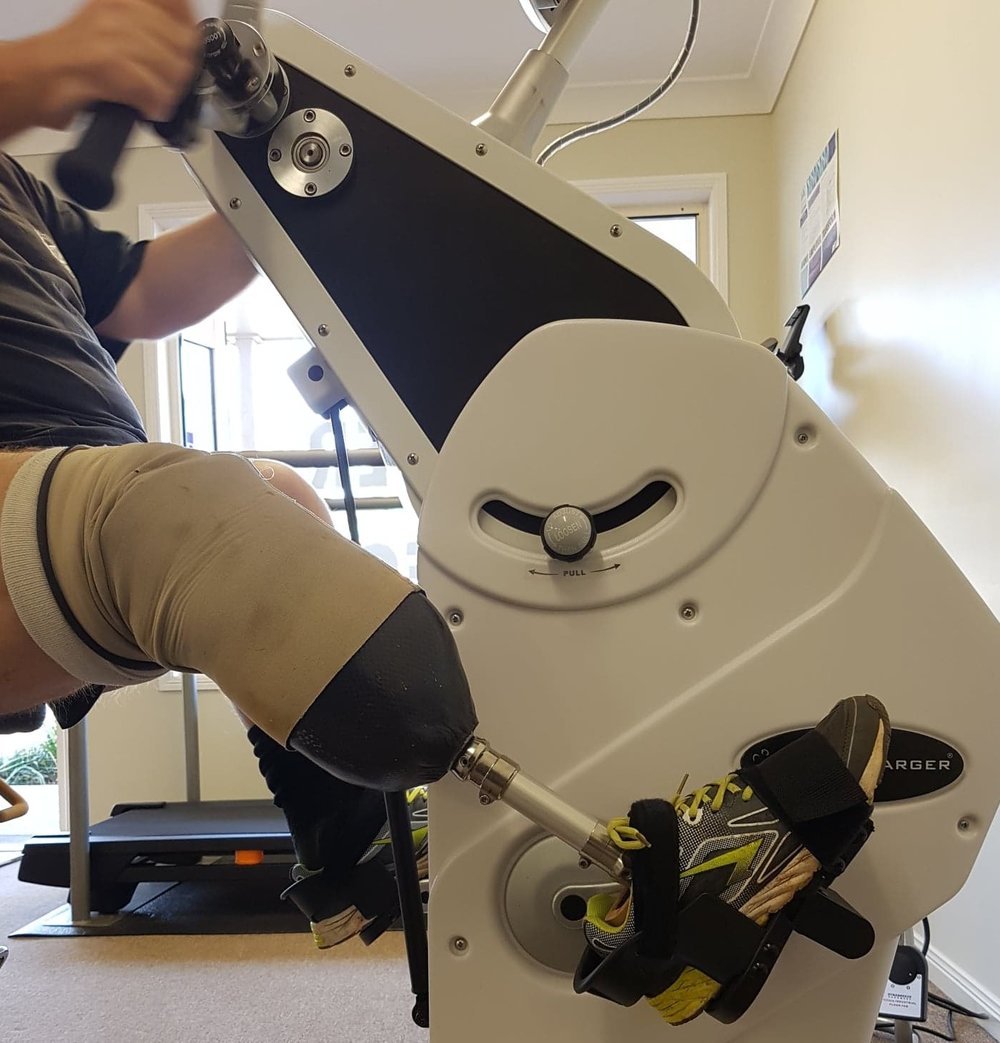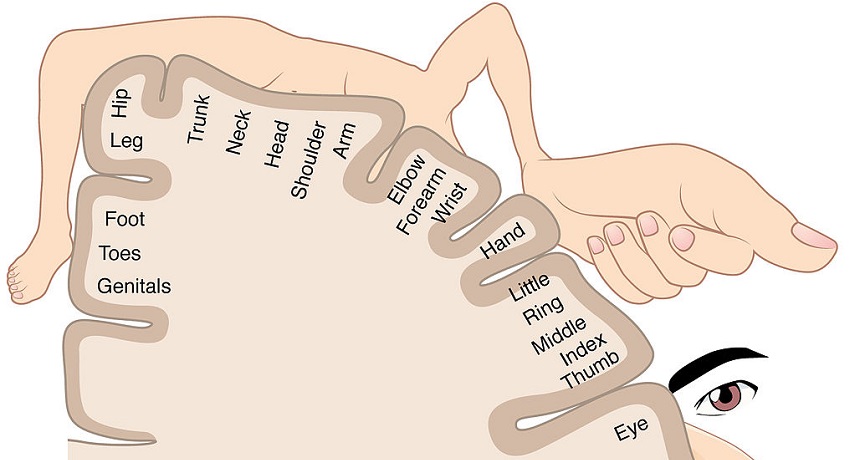AMPUTATION IS THE REMOVAL OF AN EXTREMITY THROUGH SURGERY OR TRAUMA.
What types of amputation are there and what are the causes?

There are several classifications of lower limb (LL) amputees:
Classes of Amputees:
- Symes (amputation of the forefoot or midfoot, usually leaving the heel bones intact and therefore allowing full weight bearing onto the heel of the foot)
- Transtibial (below-knee amputation)
- Transfemoral (above-knee amputation)
- Hip disarticulation (removal of the leg at the femoral hip joint)
- Unilateral amputation (involvement of only one leg, as in amputation of one leg below the knee or above the knee)
- Bilateral amputation (involvement of both legs, as in amputation of one leg below the knee and the other above the knee)
The main causes of LL amputation are as follows:
- Vascular and circulatory diseases caused by either type 2 diabetes or peripheral vascular disease, 82%
- Trauma (e.g., traumatic amputation; massively crushed limbs; massive fractures causing ischemia and irreparable vasculature; thermal, chemical, and electrical burns; and frostbite), 22%
- Curative treatment of tumors (e.g., a malignant osteogenic sarcoma that has not yet metastasized), 4%
- Congenital deformities (i.e., a prosthetic limb replaces the amputated deformed limb to allow for improved ambulation), 4%
DIABETICS and Amputations
- 85% of lower limb amputations are preceded by foot ulcers. 15-25% will require major amputation
- 68% of persons who undergo a major amputation will undergo amputation of the contra-lateral limb within 5 years
- 50% will die within 3 years after having both legs amputated
Exercise and Amputation

Exercise is important for everyone but particularly amputees to help with balance, gait and general health. There are a range of different types of activity which can be carried out but most importantly for lower limb amputees we focus on their balance, core stability, stretching through their hamstrings, quads and calves as well as gait training.
Forms of exercise may include hydrotherapy, cycling or weight training. Hydrotherapy is great as it enables a person to be buoyant in the water and work on balance, their new center of gravity and cardiovascular fitness.
Graded Motor imagery teaches an amputee about sensation vs pain vs stump feelings. There are a number of ways to teach this but most commonly TENS and/or mirror therapy is used. This is particularly useful in assisted with Phantom Limb Pain.
OSSEOINTEGRATION AND AMPUTATION
Osseointegration is a relatively new prosthesis but can be used safely in patients who may have problems with the prosthesis socket. It is most commonly used for patients who have had an amputation through trauma or tumor as the risk of osteitis and osteomyelitis is minimised. Other patient groups such as diabetics is still being evaluated. The most used implants are for transfemoral where the standard length inserted is 140-160mm and a shorter custom implant may be used for transtibial amputations. The time needed for rehabilitation is approximately 4 weeks but is dependent on the amount of muscle pain and/or muscle strength. Osseointegration prostheses (OIP) patients are being shown to have improved quality of life and mobility.
If you would like more information about how to train for reality and exercise information for amputees click here.




